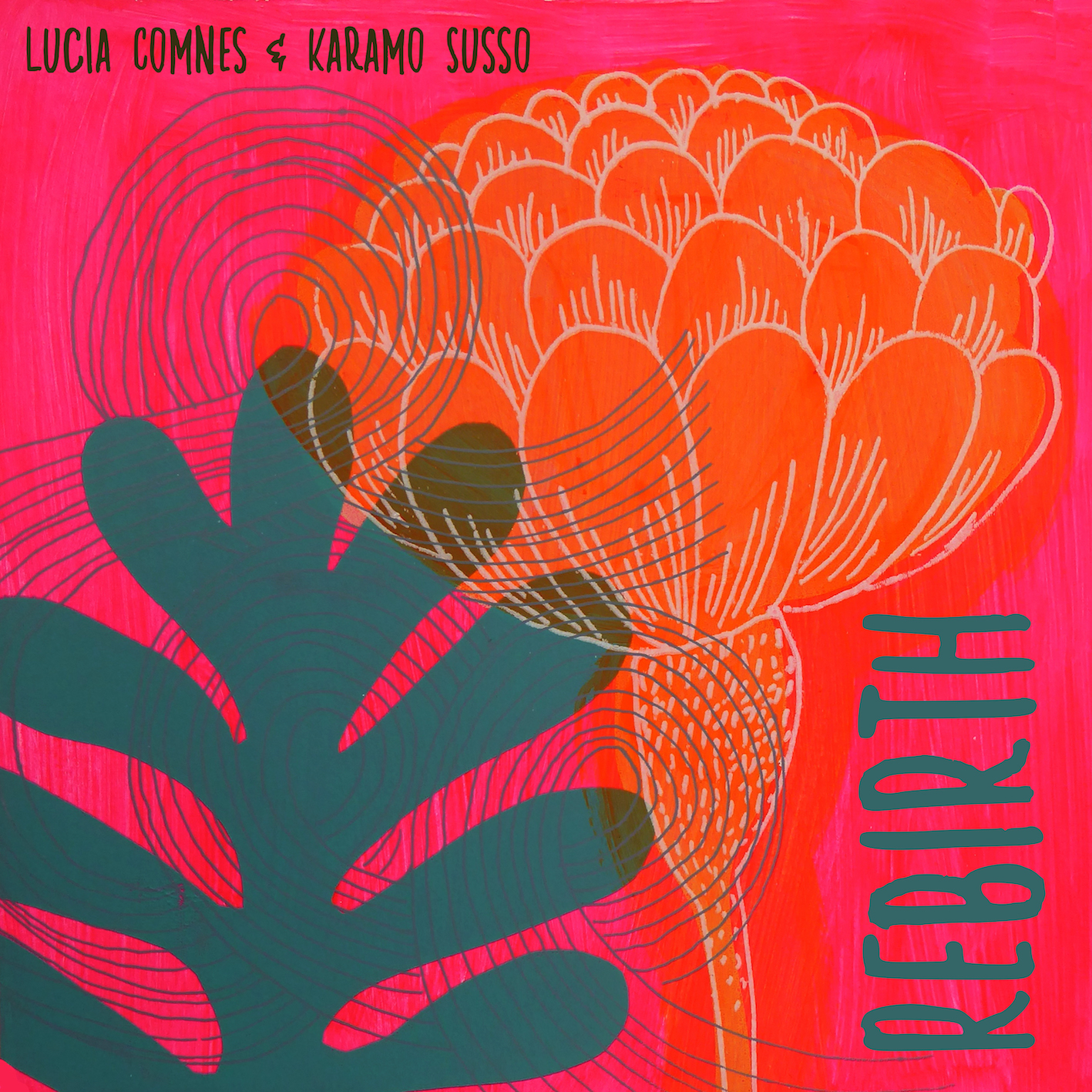From “Fools Gold” in Siberia to “On the way” home
People plan and the gods laugh…. right?
My big surprise is that here I am back in the US of A! All explanations shall be revealed as to why I am no longer in Siberia, as originally planned, and how I was able to let go of passing through China on my way home through the East. As it turns out, I had to cancel the tail end of my trip and return home the way I came, backwards West. I am currently in the safety and comfort of my parents abode in Chicago, which is also where I took a pit stop before heading across the Atlantic 7 weeks ago. Many thanks that I made it home safely and the journey has been so full thus far that I actually am quite satisfied as it is, and relieved to be home early. No need to worry, everything is as it should be. I invite you to read on…
I wanted to reveal my trip to you in chronological order, so you would have somewhat of a parallel experience to what was going on in the current moment, but here I am totally backlogged as it is, so let me begin with the latest.
Two mornings ago I woke up on the floor of an airport hotel beside Sheremetievo Airport in Moscow, Russia. The morning before that I was still in Abakan, the capital of Khakassia, one of Russia’s many republics in the south central region of Siberia, or in other words, the center of the Eurasian continent. This was the second time I have been to Khakassia, a follow-up trip to my initial visit 2 years earlier, when I accompanied the renowned Tuvan singer, Sainkho Namtchylak in a very special music festival hosted by Abakan’s resident puppet theater Skazka. This is the Ecological and Ethnic Puppet Festival called “Tchir Tchayan” which in the Khakassian language means, “Spirit of the Earth.” The festival is held every 2 years and brings together an eclectic group of puppet theaters, actors, musicians, dancers, film makers and ecologists from all over Russia and from many other countries around the world. The festival lasts a week and involves a series of events and presentations by all participants in the town of Abakan, and then a few days of ecological excursions in the wilderness of the surrounding countryside. It is a unique opportunity, especially for Americans who really, for the most part, are completely in the dark about this remote part of the world.
This time I spearheaded the return trip and with the help of some fellow American musicians in my community, we put together a band especially for the festival called “Fools Gold.” Made up of master drummer, Barbara Borden, bassist and cellist, Susanne DiVincenzo (both of whom are members of the band “Alive”), the young and talented drummer/pianist/guitarist/singer/songwriter, Bram Kincheloe, and yours truly on vocals and violin, “Fools Gold” is a band that draws on the most life-affirming and positive qualities of each artist involved. The one pre-requisite was a desire to attend Tchir Tchayan 2008 in Siberia this July, and so there we were, met up at the Moscow airport for the first time and discussed our set list. Once we landed in Abakan, we had 4 days to rehearse before our first big concert. And so it went, another successful tour, and you can ask any of the band members how it feels to be a hit in Siberia. Strange and crazy as life is our motto was still, “Siberia…what the f#*k?!!!”
I want to write about the experience of just being in this very strange and foreign place, even for the second time. How does one begin to describe a surreal experience with very little context for comparison? I could say that the dominant characteristics of Abakan, and Khakassia, are Russian, perhaps a type of third-world Russian, but I have spent little time in other parts of Russia so I hesitate to make such a statement. And I doubt that this would do justice to the quality of the people, culture and land itself. Of course, the language is Russian, the city architecture is a frozen echo of the Soviet era block buildings, grim in their design, and even grimmer in that they are now old and un-maintained, so often decrepit in appearance. The food selection must be quite alike to Russian cuisine in most parts of the world – lots of mayonnaise, sour cream and condensed milk on every food item you can possibly imagine, blini (Russian pancakes), mystery meat in the form of sausage or patties, instant coffee, borsch (a well known Russian stew made with beets, and of course, vodka.
Walking down the street in Abakan, a city of about 200,000 people, or half the population of the republic of Khakassia, the description of all things Russian must expand to encompass not only the white-skinned, often tall, high-cheek-boned Western/European looking Russians, but the many varieties of central Asians, most of which are indigenous to the Khakas region and whose ancestors were lived as nomads in this land not that long ago. Unique in their physical characteristics which are very Asian but softer than their Mongol, and even Tuvan, neighbors, some share a resemblance to many Hawaiians I have seen, or other Pacific Islanders. What is even more striking is the cultural parallel between the indigenous North Americans and indigenous Siberians. We observed similar words, for example, the festival hosted us at Hotel Ansas, which we were told by our friend and translator, Sergey, was related to the name of the U.S. state of Kansas. We observed similar designs in everything from stone carvings and ancient paintings, to ritual drums, traditional costumes and even housing design. A teepee was set up at the Sayan Ring Music Festival, of which we caught the opening ceremony just before leaving, and at first we thought it was hosted by American Indians, but no, it was just the Siberian peoples from the North. The parallels between the indigenous heritage of both of these major Northern Hemisphere land masses were striking, especially when contrasted to all else “Russian.” Somehow reminiscent of American Indians compared to all else “American” (or perhaps better stated, “Western European transplanted”). Although, there does seem to be a much more integrated society in Siberia, between ethnic Russians and indigenous Khakassians. Perhaps not just or equal, but integrated, and many Khakassians are quite in touch with their cultural heritage. Who I am to make such a conclusion after so little time there, and so limited by my lack of Russian language skills, but this was my impression.
When you leave the small container of Abakan, and begin to venture out into the landscape that holds these people and this little republic, it is a sight to behold. A sight that makes all the misery of the long and arduous journey we took to come and go from this place just evaporate into the ether. If you can imagine taking the best of Ireland’s green fields, adding them to the majestic and dramatically carved slopes and sculpture of the mountains that line the Norwegian fjords, or the foothills of the Swiss Alps, then add the sweet softness of the Hawaiian islands, and then take all this and multiply it by ten thousand times of vitality, amplitude and space, and then maybe you can get a sense of what this land feels, looks, sounds, tastes and smells like. And it just goes on, and on, and on and on and on some more.
Probably the most powerful aspect of this land is the quality of spirit. The spirit of this land is still so much in tact, protected, unfettered, and honored. Despite the attack on indigenous spiritual practices during the Soviet times, which include of course, honoring the land, animism and shamanism, in which many of the finest standing stones and stone carvings were put into museums, there remain to be thousands, even millions of stone circles, standing stones and kurgans just littered all over the place. Driving through the countryside you see at minimum, one cluster of standing stones every 5 miles. Some of these stones continue to be honored today. Locals will stop and leave offerings of money, food, prayer flags, cigarettes, anything they have to give, when ever they pass the special stones or sites on the road. There are also numerous instances when very powerful stones taken into museums did not stop the local people from expressing their spiritual beliefs around the power of these stones. The mother stone of the Abakan region was housed in the Abakan museum for years, and regularly women would come with offerings and asking for help with female issues, such as pregnancy and child birth. The proper offering is made by smearing cream or some other dairy product over the mouth of the stone, and
walking around clockwise 3 times. The traffic to this stone was so heavy that authorities decided to move the mother stone out of the city, back into the landscape and build a museum especially for her. The museum is in the shape of a yurt, the traditional nomadic building structure of central Asian peoples, with glass walls, so there is less standing between this special stone and the natural elements. When we visited this stone, you could indeed see the stain left by the cream and butter that the people had been smearing over her mouth for so many years.
So is animism truly something of the past? I guess many would like to believe so. In any case, for those who have been fortunate enough to know for themselves what sacred land feels like to the bodily senses and to the human soul, we yearn for these few remaining pockets where there is still a conversation between humans and nature. I don’t have photos ready to share online yet, but you can find some powerful images and sounds at one of my favorite Tuvan singers’ webpage:
http://www.myspace.com/tyulyushradik
Though these images and sounds are from Tuva, they reflect my experience of Khakassia as well. The circular structures in the photos are yurts and in Tuva they are still used by the remaining nomadic families. I had the great pleasure of staying in a yurt in 2006 during my time with Khakassian shaman, Tatiana Kobezhikova, and I can vouch that these are truly wonderful dwellings!
In the summer in Siberia, the sun is shining strong, and the climate is hot, sometimes rainy with lightening and thunderstorms, and sometimes muggy and humid. The night doesn’t really get that dark, even though we were near Siberia’s southern most borders. In the north, the sun often does not fall below the horizon during the summer, similar to Alaska. The mosquitoes and the midges are the only true discomfort in the countryside. They can really be a pain in the ass, but it is a small price to pay for the beauty and vitality that the land feeds you.
There is so much more to share, about my reunion with Sergey Charkov and his family, the makers of the ceremonial drums that I have been importing since my initial trip in 2006. About my reunion with shaman, Tatiana Kobezhikova and her family members. About the other participants in the festival, including Turks, a young theater group from Barnaul, Altai, and a very inspiring Eskimo dance troupe from Chokotka and how they have embraced hip hop and modern culture by marrying it with their dance tradition in a very effective way. About our concert and the film we are making, about why I returned early, but this is enough for you to chew on for the moment.
I mostly wanted to say hello, I miss you and I want to hear back from you! How is your summer?
Holding you all in my heart,
Lucia

